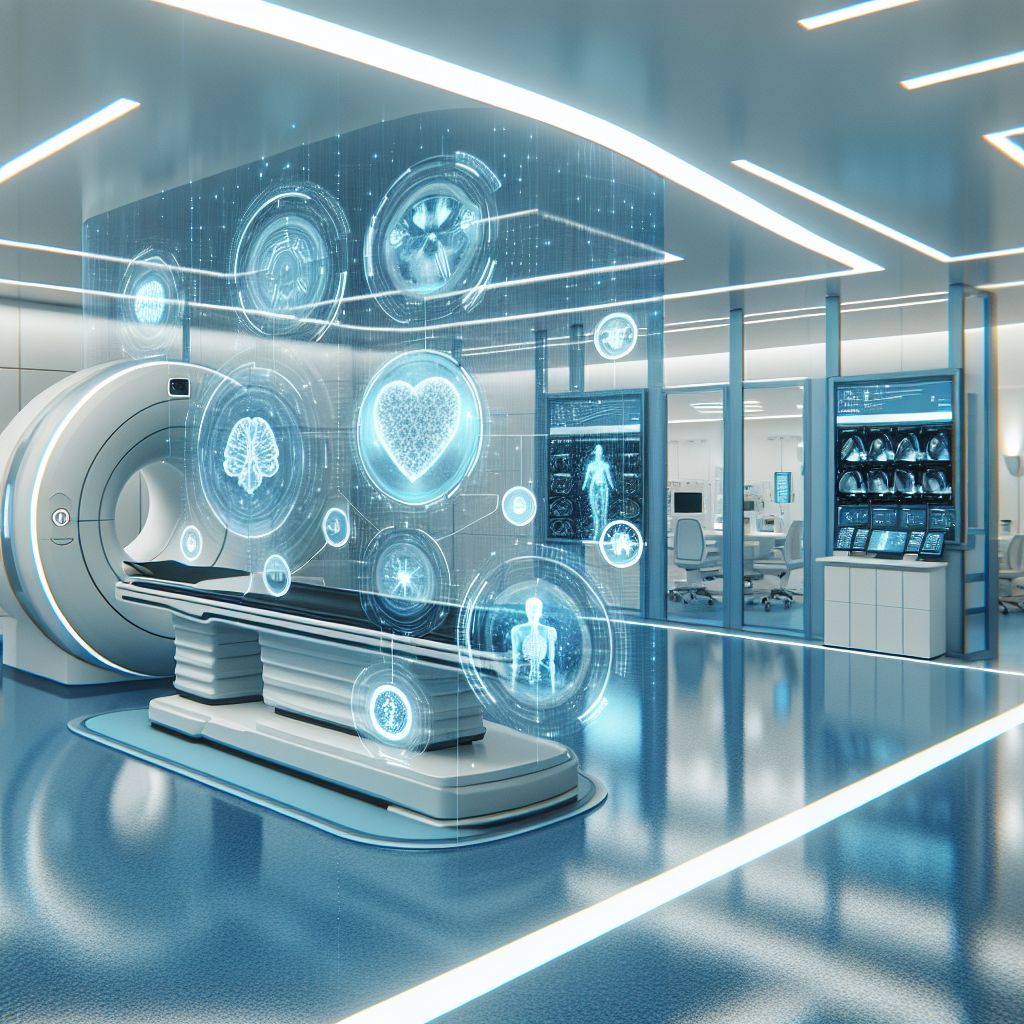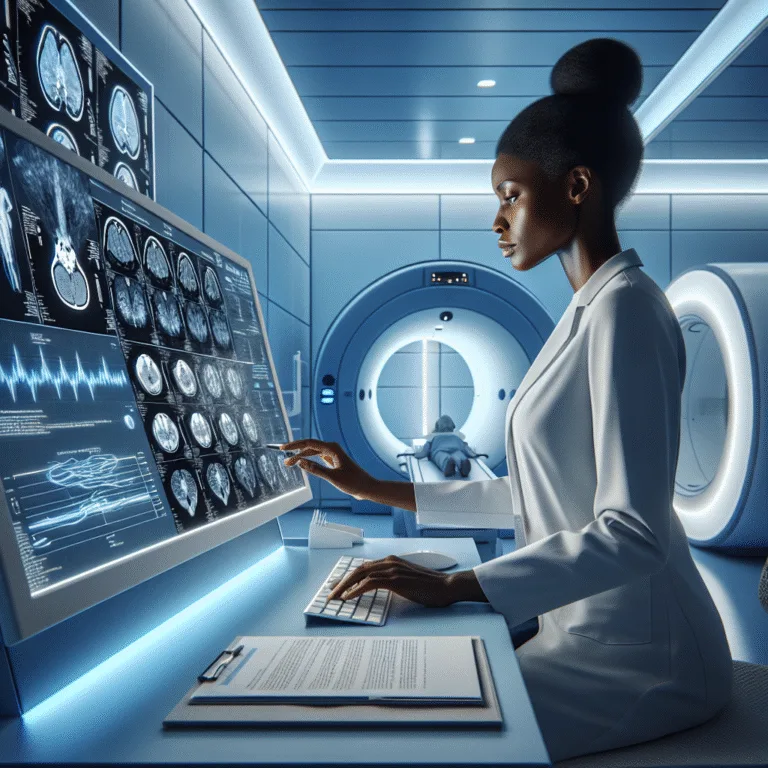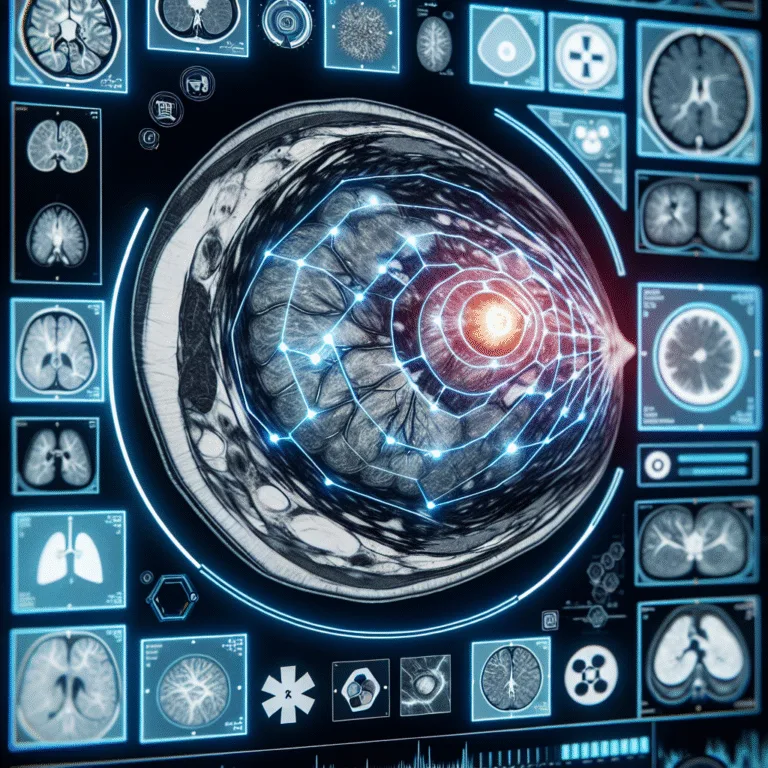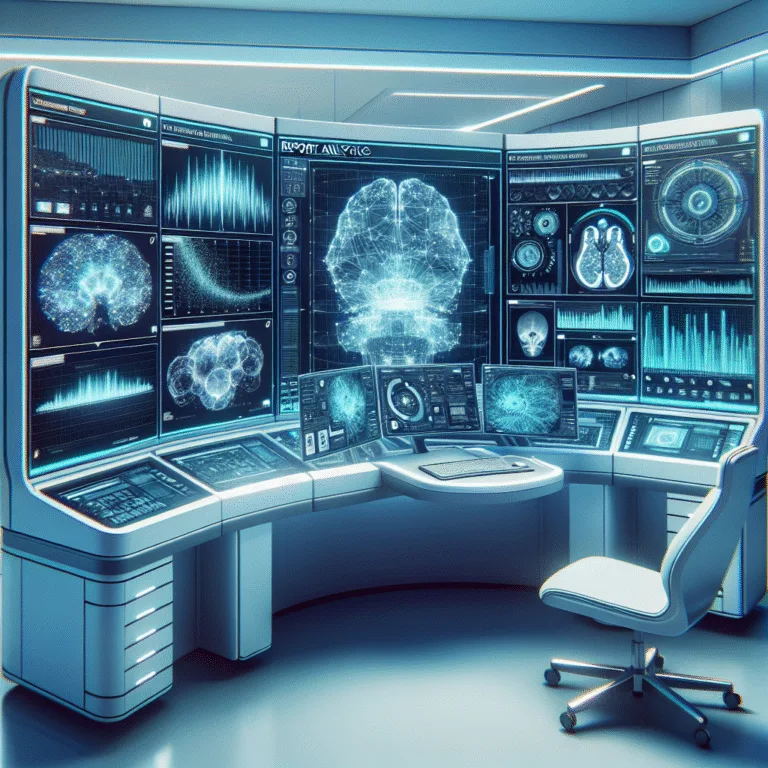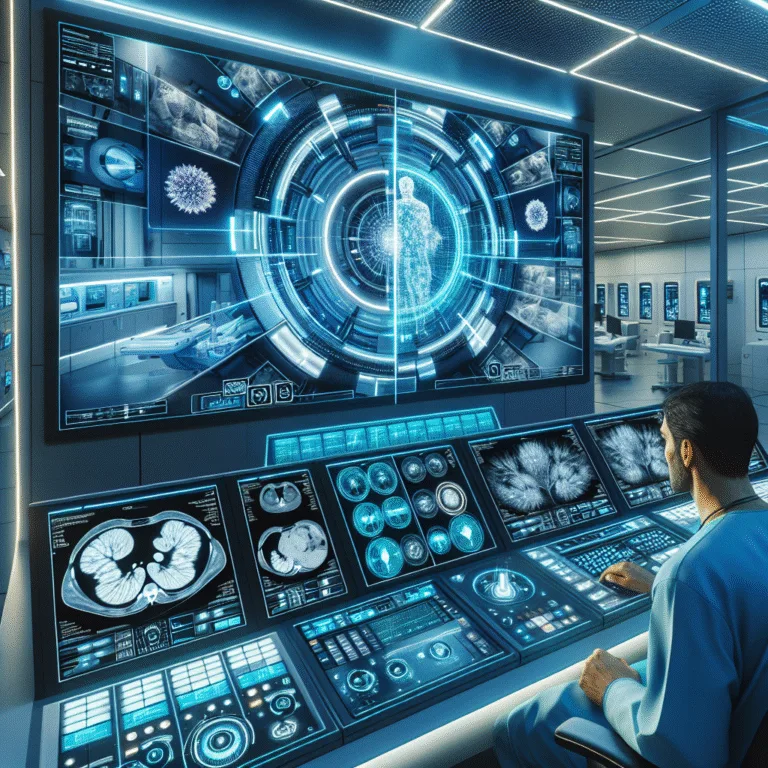5 Real-World Examples of AI Improving Radiology Workflow Today
5 Real-World Examples of AI Improving Radiology Workflow Today
AI-powered workflow improvement is not a future promise; it’s happening now. This article presents five concrete, real-world examples of how AI is streamlining radiology workflows. From intelligent case prioritization to automated report proofreading, see how these tools are solving practical, everyday challenges for radiologists.
In the rapidly evolving field of radiology, AI is revolutionizing workflows by enhancing efficiency and accuracy. This transformation is not theoretical; it is actively unfolding in clinical settings. Here are five real-world examples of AI improving radiology workflow, demonstrating the tangible benefits these technologies bring to everyday practice.
Intelligent Case Prioritization
AI algorithms can analyze imaging studies to identify cases that require urgent attention. For instance, AI systems can detect potential critical findings, such as intracranial hemorrhage in CT scans, and prioritize these cases for immediate review by radiologists. This capability not only improves patient outcomes but also optimizes the use of radiologists’ time.
A study published in The Lancet demonstrated that AI can significantly reduce the time to diagnosis in emergency settings, highlighting its potential to streamline workflows and enhance patient care.
Automated Image Analysis
AI-powered image analysis tools can assist radiologists by automatically identifying and quantifying abnormalities. These tools can detect patterns and anomalies that may be challenging for the human eye to discern, thus providing a second opinion that supports clinical decision-making.
For example, AI applications in mammography can help in the early detection of breast cancer by highlighting suspicious areas for further evaluation. Such tools not only increase diagnostic accuracy but also reduce the workload on radiologists, allowing them to focus on more complex cases.
Real-World Examples of AI Improving Radiology Workflow
AI’s impact on radiology is evident through practical applications in various imaging modalities. Here are some specific examples:
- Chest X-ray Interpretation: AI can rapidly analyze chest X-rays for signs of pneumonia, tuberculosis, or COVID-19, providing preliminary reports that expedite the diagnostic process.
- MRI Segmentation: Advanced AI algorithms can segment MRI images to differentiate between healthy and diseased tissues, aiding in the assessment of tumors and other pathologies.
- CT Scan Triage: AI systems can prioritize CT scans with life-threatening conditions, such as pulmonary embolism, ensuring timely intervention.
These examples illustrate how AI is not only enhancing diagnostic accuracy but also improving workflow efficiency in radiology departments.
Automated Report Proofreading
AI-driven tools like Rad Report AI are transforming the way radiologists create and edit reports. By leveraging natural language processing, these tools can automatically proofread reports, checking for consistency, completeness, and potential errors.
This automation reduces the time spent on report editing and ensures high-quality documentation, which is crucial for effective communication with referring physicians and patients.
Integration with PACS and RIS
AI technologies are increasingly being integrated with Picture Archiving and Communication Systems (PACS) and Radiology Information Systems (RIS). This integration facilitates seamless data flow, enabling radiologists to access AI insights directly within their existing workflows.
For instance, AI can assist in retrieving relevant prior studies, comparing them with current images, and highlighting changes over time. This capability enhances the radiologist’s ability to track disease progression and assess treatment response.
Conclusion
These real-world examples of AI improving radiology workflow demonstrate the transformative potential of AI in medical imaging. By enhancing efficiency, accuracy, and productivity, AI tools are empowering radiologists to deliver better patient care.
As AI continues to evolve, its integration into radiology practice will likely expand, offering even more sophisticated solutions for complex clinical challenges. Radiologists and imaging professionals are encouraged to explore these technologies to stay at the forefront of innovation in healthcare.
🚀 Try Rad Report AI For Free — and experience faster, smarter reporting today.
Sample Radiology Report Template
Patient: [Patient Name]
Date of Exam: [Date]
Modality: [CT/MRI/X-ray]
Findings:
- [Finding 1]
- [Finding 2]
Impression:
- [Impression 1]
- [Impression 2]
For more information on AI in radiology, consider exploring resources from the Radiological Society of North America.

